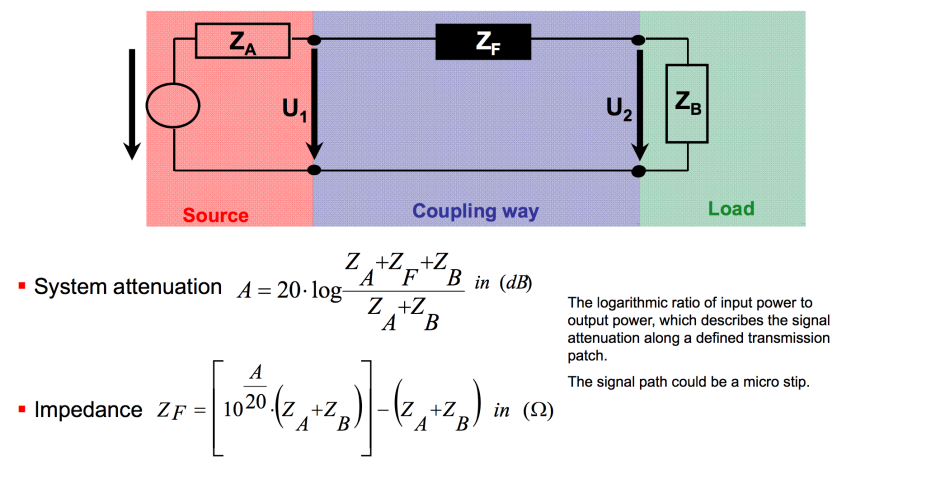Other Parts Discussed in Thread: SN74LVC126A
Dear Sir/Madam,
The bandwidth indicated in datasheet for TS3A4751 is 123MHz.
But it didn't mention whether it is at -3dB ?
However there is BW graph in datasheet shown below that at -3dB, the freq is about 70MHz.
Why the info is not tally ?
Thanks.


